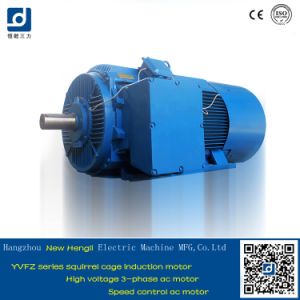Welcome!
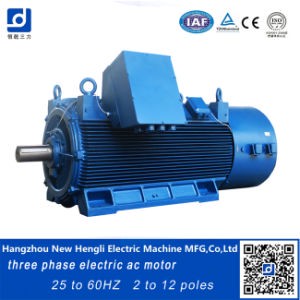

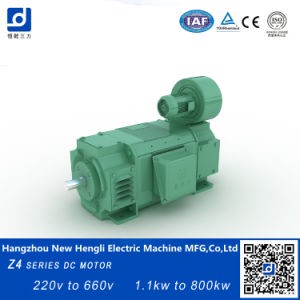



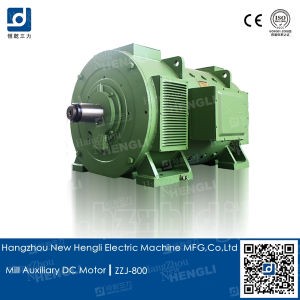
Customize direct drive linear motor Right Angle Brush Gear Motor
Product Description
DC motors, as an important device for achieving the mutual conversion of mechanical energy and DC electrical energy, have broad application prospects in fields such as power, transportation, and industrial production. Faced with future challenges and opportunities, the DC motor industry needs to constantly innovate and progress to meet market demand and achieve sustainable development.

However, despite the widespread application of DC motors in many fields, the challenges they face are becoming increasingly severe with the advancement of technology and the increasing environmental requirements. On the one hand, with the continuous development of AC motor technology, its performance has gradually approached or even surpassed that of DC motors, posing a threat to the market position of DC motors; On the other hand, the electromagnetic noise and interference generated by DC motors during operation also urgently need to be addressed.

Structurally, DC motors are mainly composed of armature, shaft, armature core, armature winding, commutator, and fan. The armature is the rotating part of the motor, responsible for converting electrical energy into mechanical energy; The shaft supports the armature and transmits rotational force; The armature core and armature winding form the magnetic field part of the motor, generating a magnetic field and interacting with the current; The commutator plays a role in changing the direction of the current, ensuring continuous rotation of the motor; The fan is used for heat dissipation to ensure that the temperature of the motor is suitable during operation.
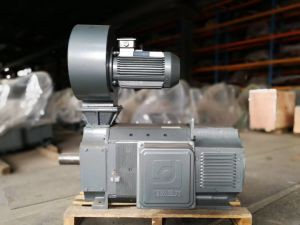
Firstly, let's take a look at the working principle of DC motors. DC motors rotate by utilizing the force acting on the current in a magnetic field, achieving the conversion of electrical energy to mechanical energy. The core component is the armature, where the current passing through the armature interacts with the magnetic field, generating a rotational torque that drives the motor to rotate. At the same time, the commutator of the DC motor continuously changes the direction of the current during the motor rotation, causing the armature to be continuously subjected to force, thereby maintaining the continuous rotation of the motor.

The working principle of a DC motor is to convert electrical energy into mechanical energy. When direct current is supplied to the motor, it generates a magnetic field that interacts with the magnetic field of the internal components of the motor, causing rotational motion. This simple and effective mechanism forms the foundation of the functionality of DC motors.

Recommended Products
Recently Viewed
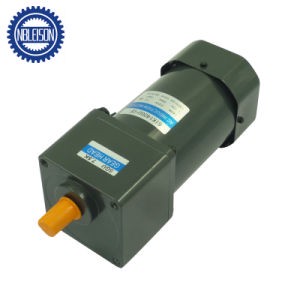 High Torque Low RPM DC Motor and AC Motor for Steel Mill
High Torque Low RPM DC Motor and AC Motor for Steel Mill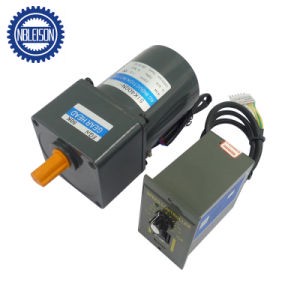 High Torque Low RPM DC Motor and AC Motor for Steel Mill
High Torque Low RPM DC Motor and AC Motor for Steel Mill High Efficiency OEM DC Planetary DC Gear Motor Low Speed Gear Motor
High Efficiency OEM DC Planetary DC Gear Motor Low Speed Gear Motor High Efficiency AC/DC Motor Electrical Universal Motor Electric Engine
High Efficiency AC/DC Motor Electrical Universal Motor Electric Engine High Torque Low RPM DC Motor and AC Motor for Steel Mill
High Torque Low RPM DC Motor and AC Motor for Steel Mill
Contact Us
Hangzhou New Hengli Electric Machine MFG. Co., Ltd.


